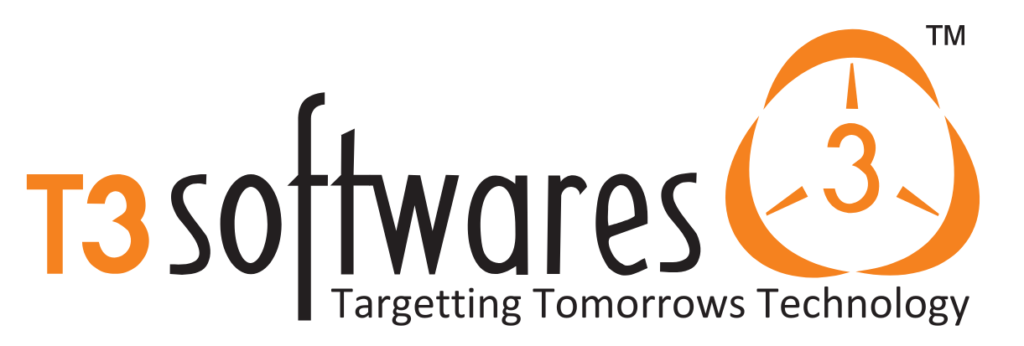CRM Best Practices: Tips for Maximizing ROI
Implementing a Customer Relationship Management (CRM) system can greatly improve your business’s ability to manage customer relationships, streamline operations, and boost sales. However, simply having a CRM isn’t enough; it’s vital to adopt best practices to maximize your return on investment (ROI). Here are some essential tips to help you optimize your CRM system.
1. Define Clear Objectives
Before you roll out a CRM system, it’s important to establish clear goals. Consider the following questions:
- What specific challenges do you want the CRM to address?
- How will you measure success? (e.g., increased sales, enhanced customer satisfaction, improved retention rates)
By setting measurable goals, you can better evaluate the effectiveness of your CRM system and refine your strategies as needed.
2. Choose the Right CRM for Your Business
Not all CRM systems are the same. Select one that aligns with your business size, industry, and specific requirements. Take into account:
- Features and functionalities
- Ease of use
- Integration capabilities with existing tools
- Scalability for future growth
Investing time in choosing the right CRM will yield better usability and effectiveness.
3. Invest in Training and Support
The effectiveness of a CRM relies on its users. Provide comprehensive training for your team to ensure they know how to utilize the system effectively. Consider:
- Ongoing training sessions and resources
- Support channels for user inquiries and issue resolution
- Fostering a culture of continuous learning
When your team is well-trained, they can fully harness the CRM’s features, leading to enhanced productivity and improved customer interactions.
4. Customize the CRM to Fit Your Needs
Most CRM systems offer customization options. Tailor your CRM to align with your business processes, workflows, and unique customer journeys. Consider customizing:
- Fields and layouts to capture relevant data
- Sales pipelines that reflect your specific sales process
- Dashboards and reports to showcase key performance indicators (KPIs)
Customization ensures that your CRM meets your business needs, making it easier for your team to adopt and use effectively.
5. Maintain Data Quality
High-quality data is crucial for CRM success. Ensure that your team consistently inputs accurate and up-to-date information. Implement processes for:
- Regular data cleansing to eliminate duplicates and outdated entries
- Standardizing data entry formats for consistency
- Training staff on the significance of data accuracy
Reliable data enables better decision-making and enhances customer interactions, leading to improved ROI.
6. Encourage User Adoption
Promoting user adoption is essential for maximizing your CRM’s ROI. To cultivate a culture of usage, consider the following strategies:
- Highlight the benefits of using the CRM, such as increased efficiency and enhanced customer insights
- Involve users in the implementation process to address their needs
- Offer incentives or recognition for team members who effectively utilize the CRM
When users recognize the value of the CRM, they are more likely to engage with it regularly.
7. Leverage Automation Features
Many CRM systems provide automation capabilities that can streamline repetitive tasks. Identify areas where automation can save time and boost efficiency, such as:
- Automated lead assignments to sales reps
- Email follow-ups triggered by customer interactions
- Task reminders and notifications for important actions
By utilizing automation, you free up your team’s time for higher-value activities, ultimately improving ROI.
8. Utilize Analytics and Reporting
CRM systems offer valuable insights through analytics and reporting features. Regularly analyze CRM data to track your performance against objectives. Focus on:
- Key metrics like sales conversion rates, customer retention rates, and lead response times
- Identifying trends and patterns in customer behavior
- Adjusting your strategies based on data-driven insights
Using analytics effectively allows you to make informed decisions that enhance your CRM’s impact on your business.
9. Integrate with Other Business Systems
To maximize the value of your CRM, integrate it with other business systems and tools, such as:
- Marketing automation platforms
- Customer support software
- Financial or ERP systems
Integration enables seamless data flow between systems, providing a comprehensive view of customer interactions and improving operational efficiency.
10. Regularly Review and Optimize
The CRM landscape is constantly evolving, as are customer needs. Regularly review your CRM usage, processes, and performance metrics to identify areas for improvement. Consider:
- Gathering user feedback on their experiences and challenges
- Evaluating new features or updates from your CRM provider
- Adjusting processes and workflows to align with changing business objectives
By continuously optimizing your CRM strategy, you ensure it remains a valuable asset for your business.
Conclusion
Maximizing the ROI of your CRM system requires careful planning, ongoing training, and a commitment to data quality. By following these best practices, you can unlock the full potential of your CRM, enhance customer engagement, and drive business growth. A well-implemented CRM not only streamlines processes but also provides invaluable insights that empower your team to deliver exceptional customer experiences.

